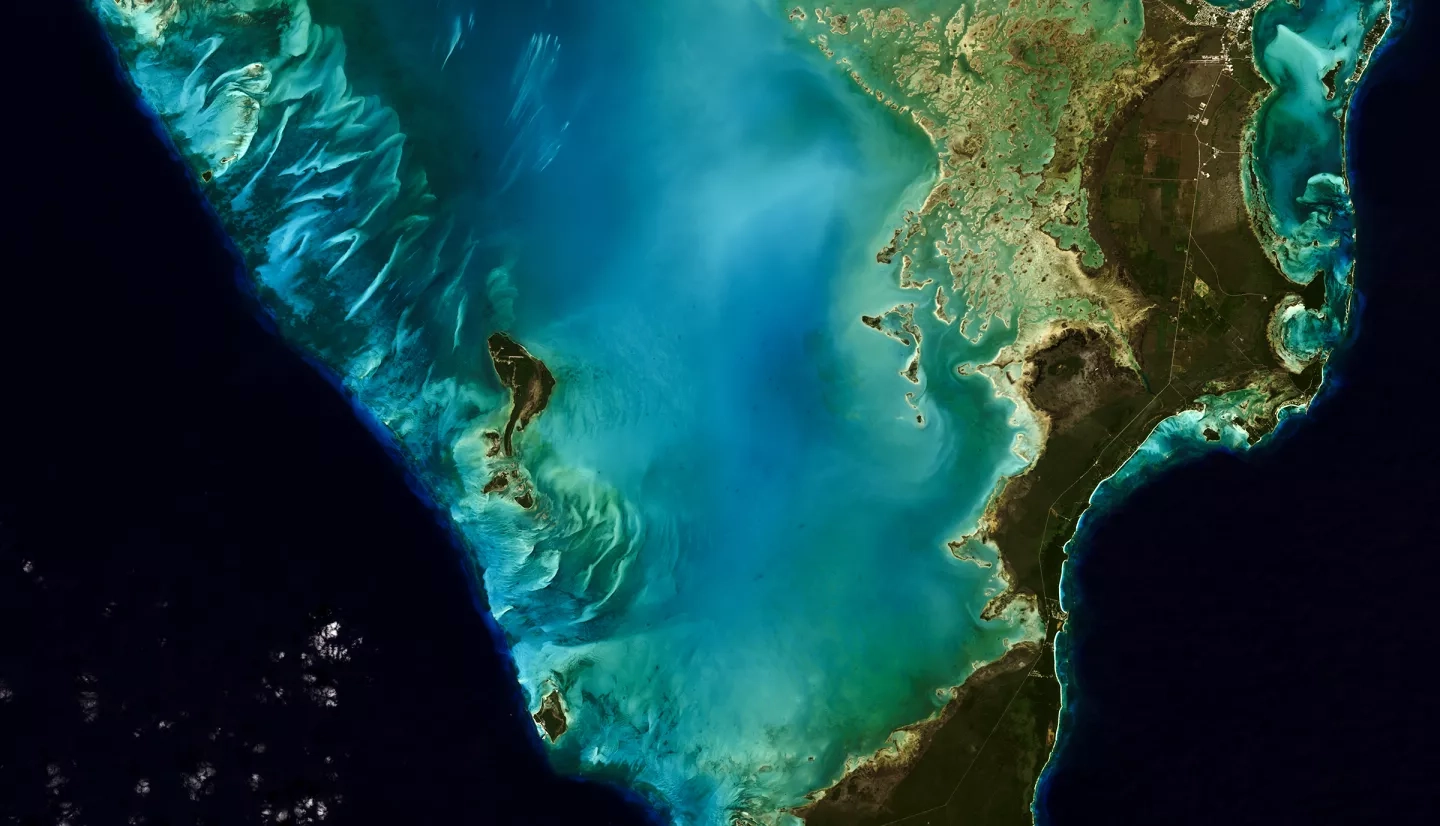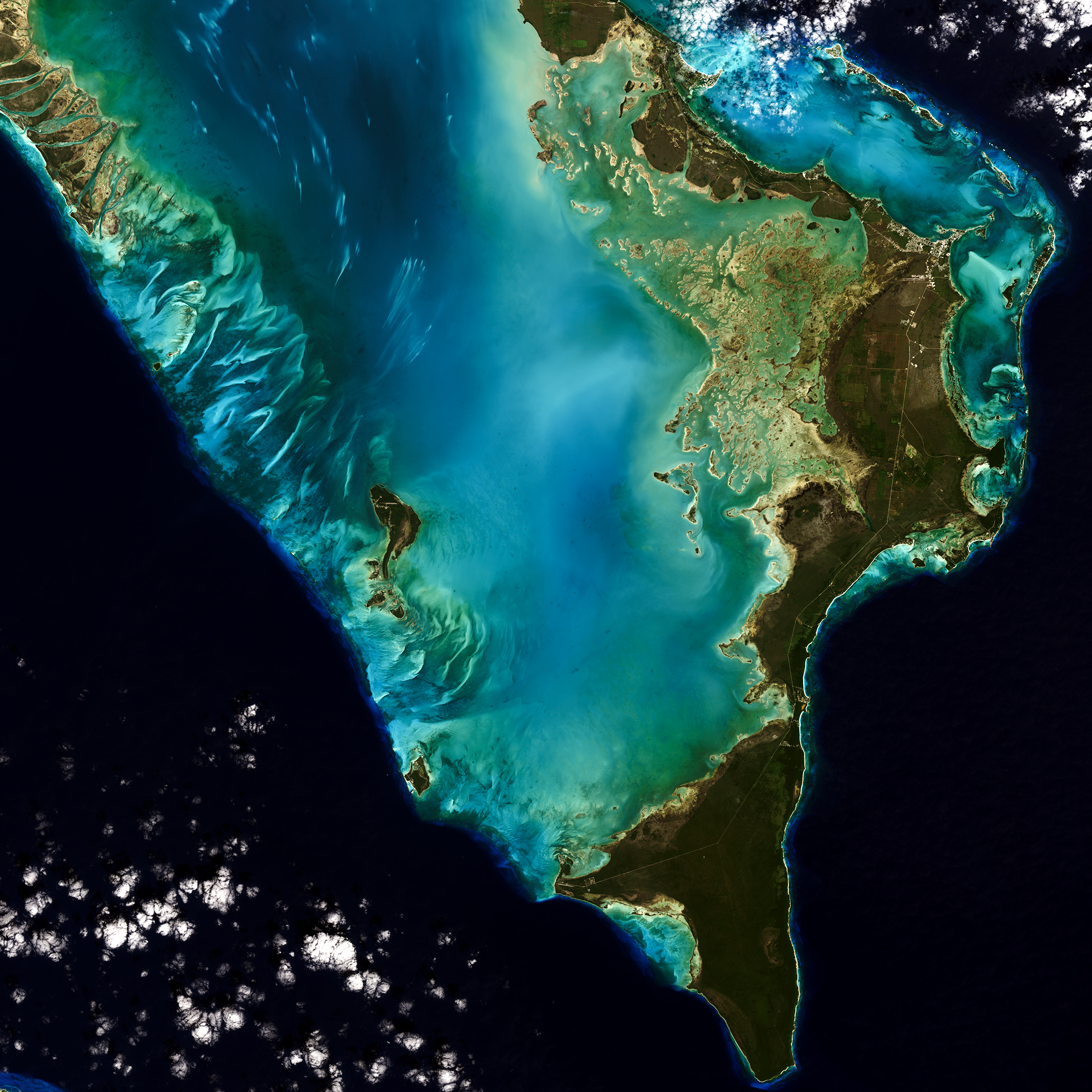July 23, 2022 marks the fiftieth anniversary of Landsat’s first launch in 1972. A joint program of NASA and the U.S. Geological Survey (USGS), the Landsat program introduced remote sensing from space and revolutionized the science and technology used in Earth science applications.
With continuous coverage since then, the satellite series provides the longest record of space-based land remote sensing data. Using this critical record of environmental and climate changes on Earth over the past 50 years, scientists and data users are able to monitor changes in land use by comparing the same areas days and even decades apart.
Today, Landsat’s unparalleled data archives are free, open, and accessible by anyone. Through training, funding, resources, and other support, the Applied Sciences Program empowers communities around the world to use Landsat and other Earth observation data to inform decision making and solve problems to improve life on Earth.
As noted by Applied Sciences Program Director Lawrence Friedl, "We wouldn’t be where we are today without Landsat paving the way."
Explore some of the NASA Earth Applied Sciences projects made possible thanks to Landsat Earth observations.
Landsat Anniversary Milestones
NASA & USGS feature: Landsat 9: Continuing 50 Years of eyes on our Changing Planet
Landsat 9 operational handover from NASA to USGS will occur at the Earth Resources Observation and Science Center in Sioux Falls, SD on August 11, 2022
Landsat 9: Applied Sciences Reflects on a Nearly 50-Year Legacy of Observing Our Home
Putting Landsat Data to Use in Applications
NASA Data Helps Jane Goodall Protect Chimpanzee Habitats: Preview [video]
The Jane Goodall Institute (JGI) uses satellite observations, including data from the Landsat satellite series, in their efforts to work in partnership with local residents to understand and protect chimpanzee habitats.
Analyzing and Mapping Landscape Disturbance across Glacier National Park Using a Landsat Time Series
Utilizing NASA Earth Observations to Explore Heat and Flood-Related Vulnerability in Urban Settings




